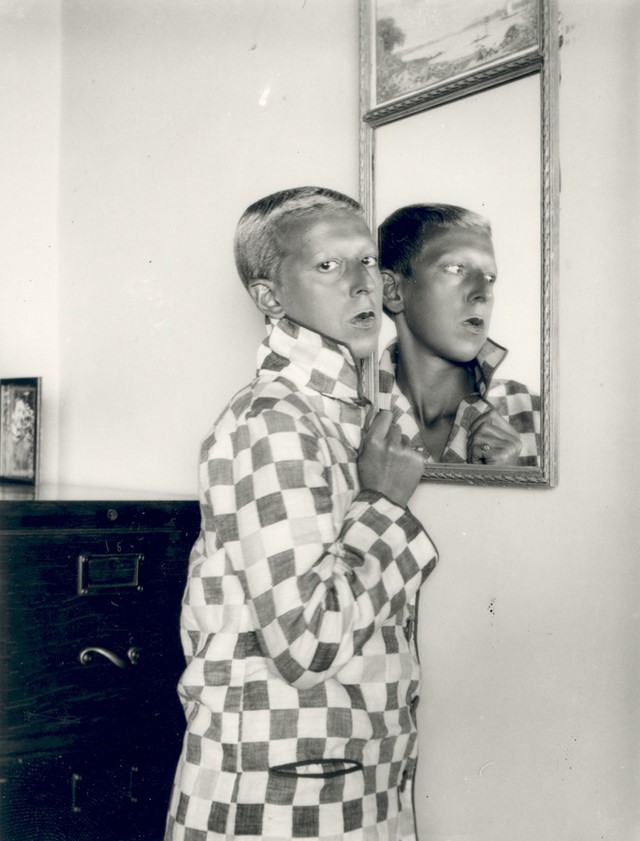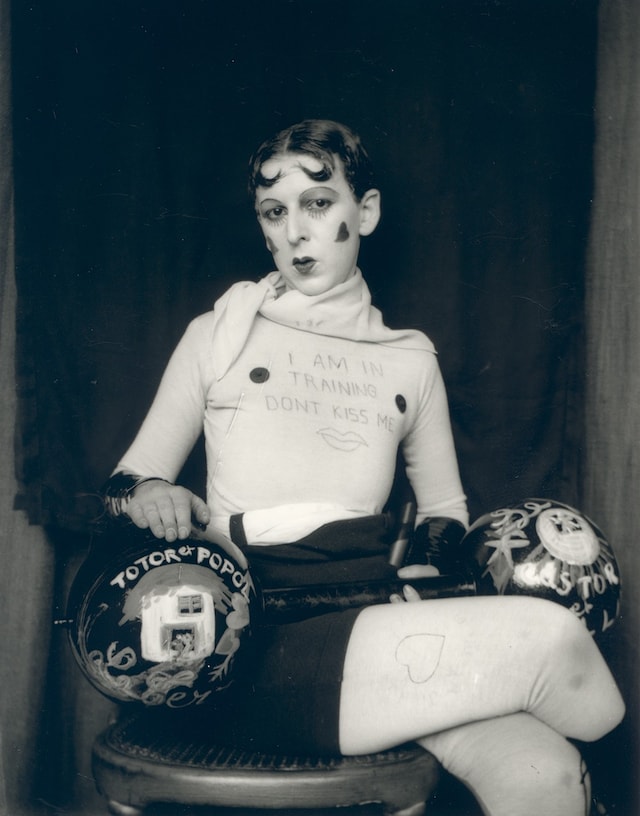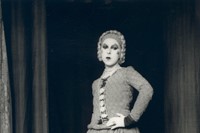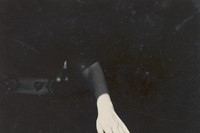We go under the many skins of gender-defying Surrealist Claude Cahun
Who? “Under this mask, another mask”. So wrote Claude Cahun, the alter ego of Lucie Schwob, Surrealist writer and photographer. Her writing and art are similarly polymorphous and difficult to categorise, challenging fixed ideas around self-identity and authenticity. Whilst living in Paris, Cahun associated with Man Ray, Salvador Dalí and André Breton – the latter describing her as "one of the most curious spirits of our time" – exhibiting in the Surrealist show at Galerie Ratton in 1936. A year later she moved to Jersey with her partner and step-sister, the illustrator Suzanne Malherbe, who also adopted an alliterative masculine alias and published as Marcel Moore. The pair collaborated in a complex renegotiation of the concept of gender, but with the Nazi invasion of the island in 1940, their creativity was channelled towards resistance – the creation of anti-German flyers which they disseminated while in disguise at military events. Cahun was eventually caught and sentenced to death, and while she escaped this fate thanks to the Allied liberation of Jersey, a year in prison fundamentally damaged her health, leading to her premature death in 1954.

What? Following her death, Cahun was as good as excised from the Surrealist roster, remaining largely uncelebrated until the 1980s when her photographs became known. In her photographs she continually reimagines herself in different guises, never settling on a singular identity but encompassing a number of characters. In one photograph, Cahun masquerades as a bodybuilder complete with sewn on nipples and her top reading, "I'm in training – Don’t kiss me." In another she is dressed as a young girl asleep on a shelf of an enormous and ornate armoire. On her release from prison, despite her weakened state, she remains insouciant, brazenly holding a Nazi insignia eagle between her teeth. Complex and beautiful, her black and white photographs are thoughtfully staged vignettes that playfully construct and deconstruct her identity.
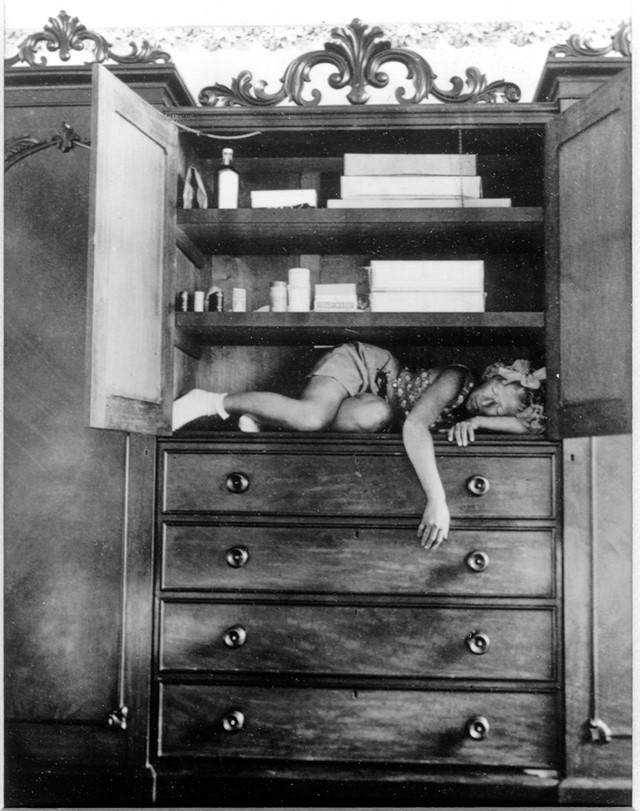
Why? Cahun’s work is considered as strikingly similar to contemporary feminist thinking around gender, identity and sexuality and as a photographer she is described as a forerunner to artists like Cindy Sherman and Gillian Wearing. Language and photography intertwine for the artist, who utilised both mediums to destabilise preconceptions around gender and gender identity. She often presents herself as an androgyne, with shaved head and back turned to camera to hide any indication of her gender.
A selection of Cahun's photographs are on display in Magic Mirror at Bow Arts, and within the exhibition, contemporary film artist Sarah Pucill restages a number of Cahun's photographs. She uses Cahun's Aveux non avenus (Disavowals) as the source text for a 75-minute black and white film piece that mirrors the disjointed sequences of the book with the voice of the mercurial narrator. Both artists use their body as sites for disruption, using make-up, masks and costumes with mesmerizing ingenuity. The exhibition echoes Cahun’s claim that “illusion and truth are twin children who have swapped their pink and blue ribbons.”
Magic Mirror is at Bow Arts until June 14.
